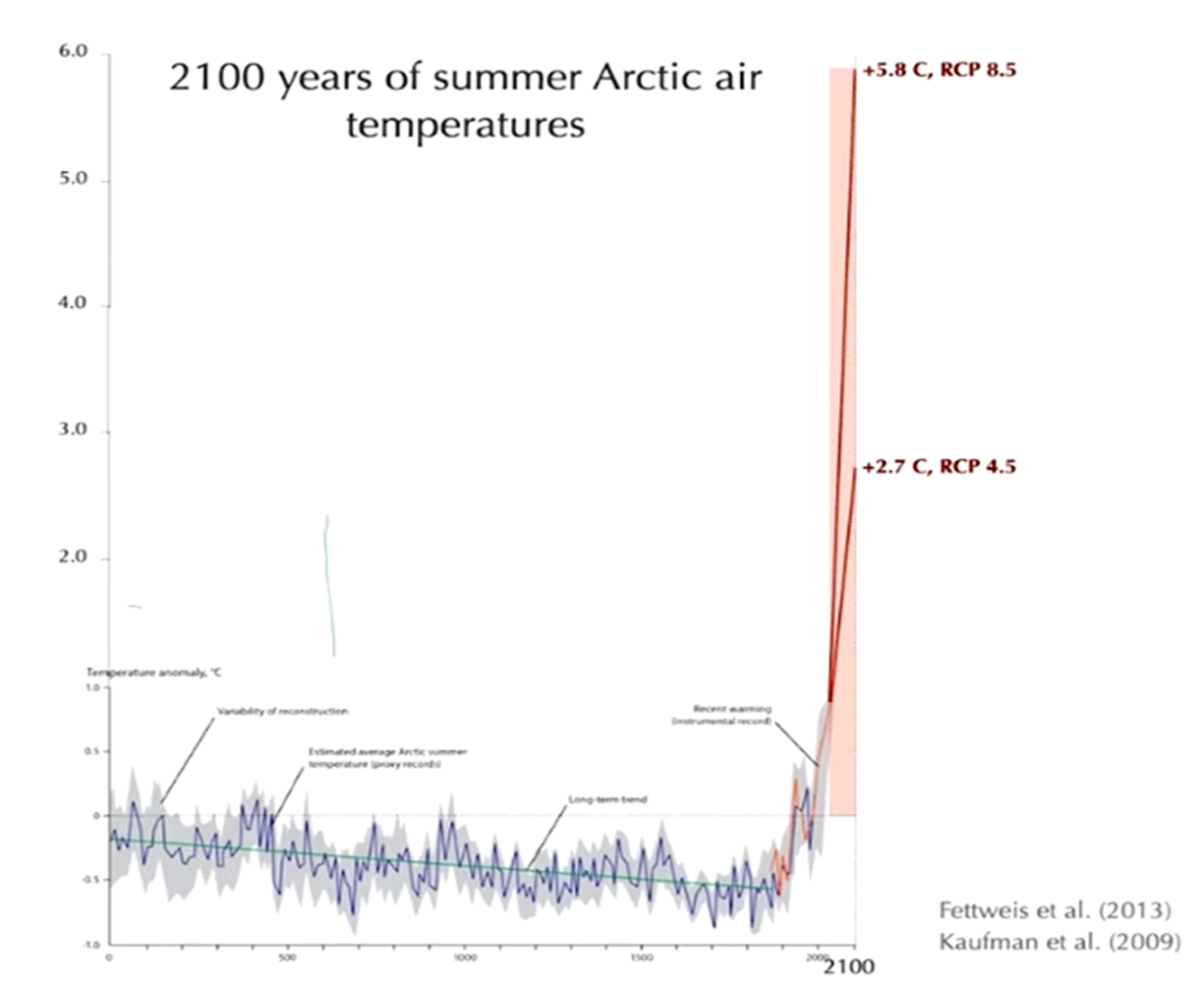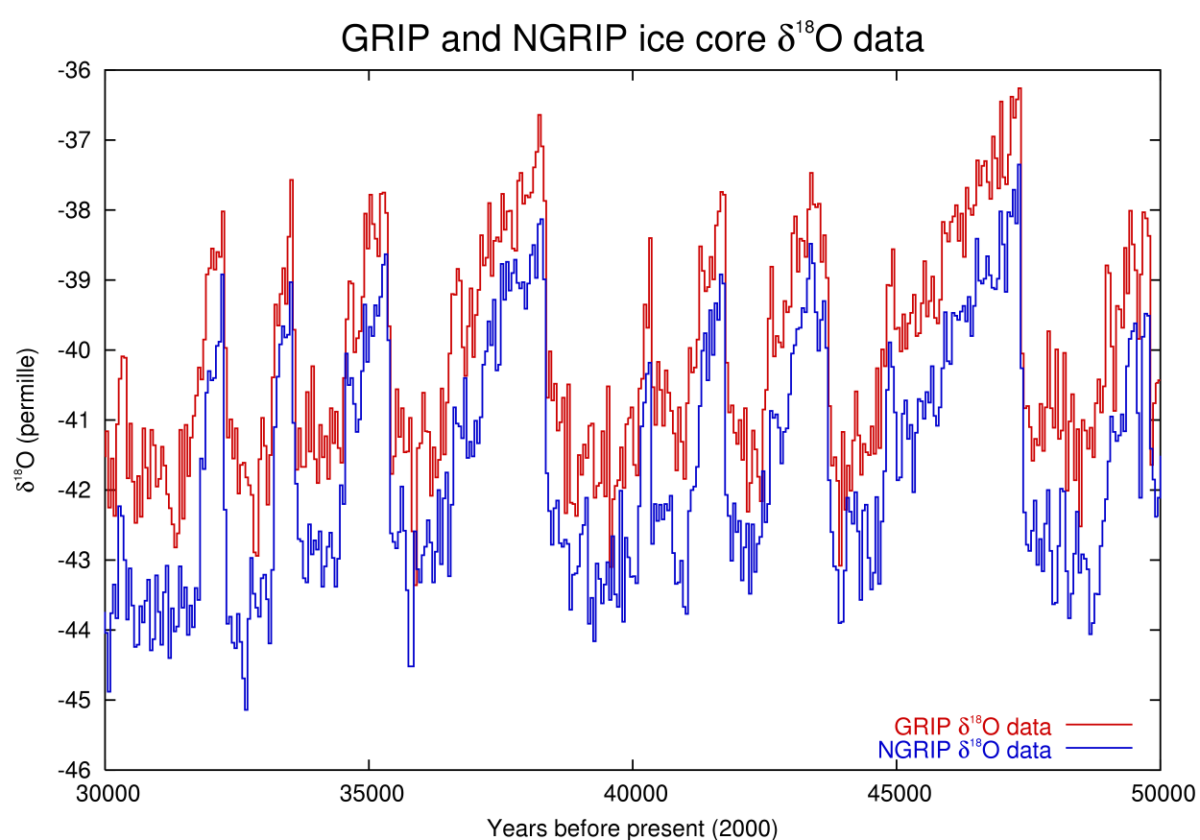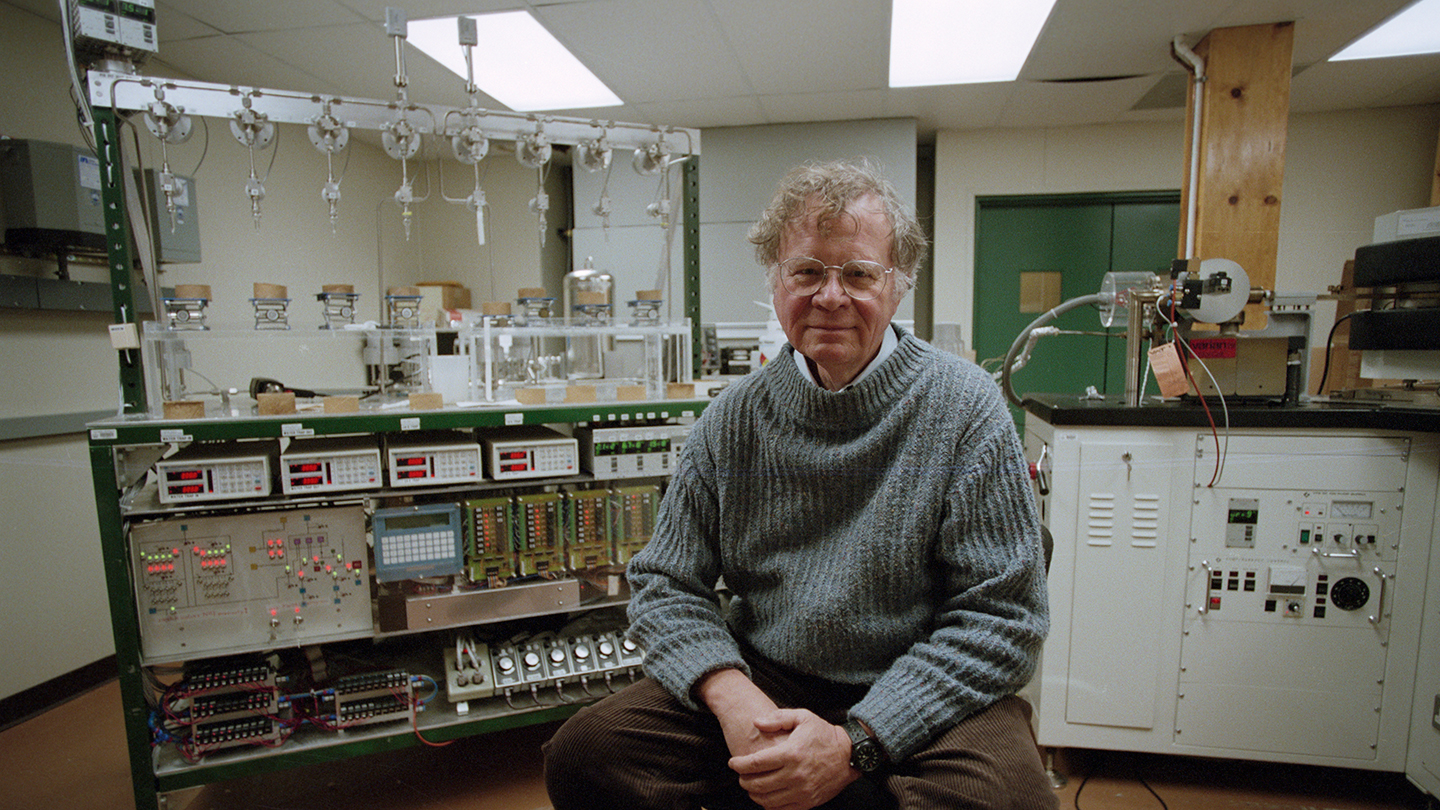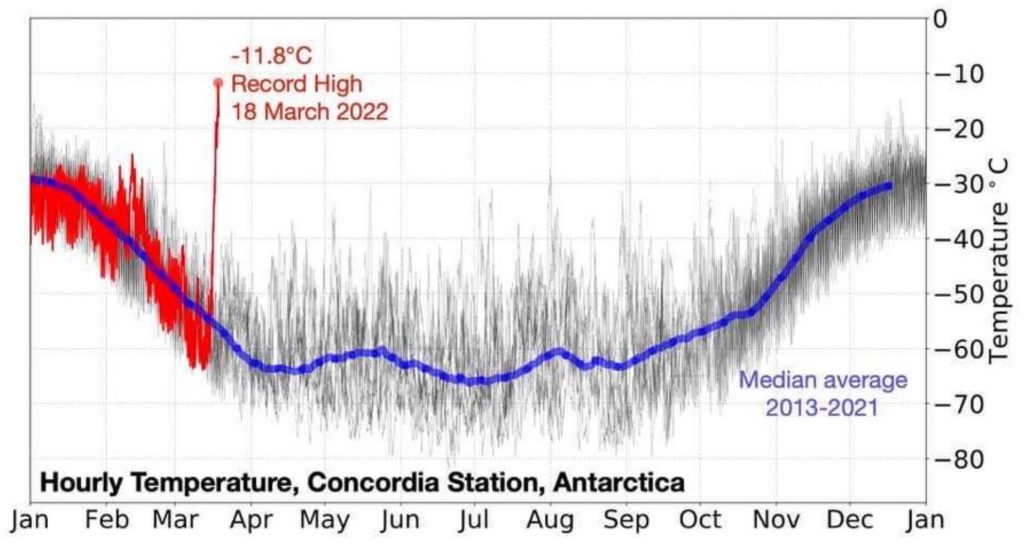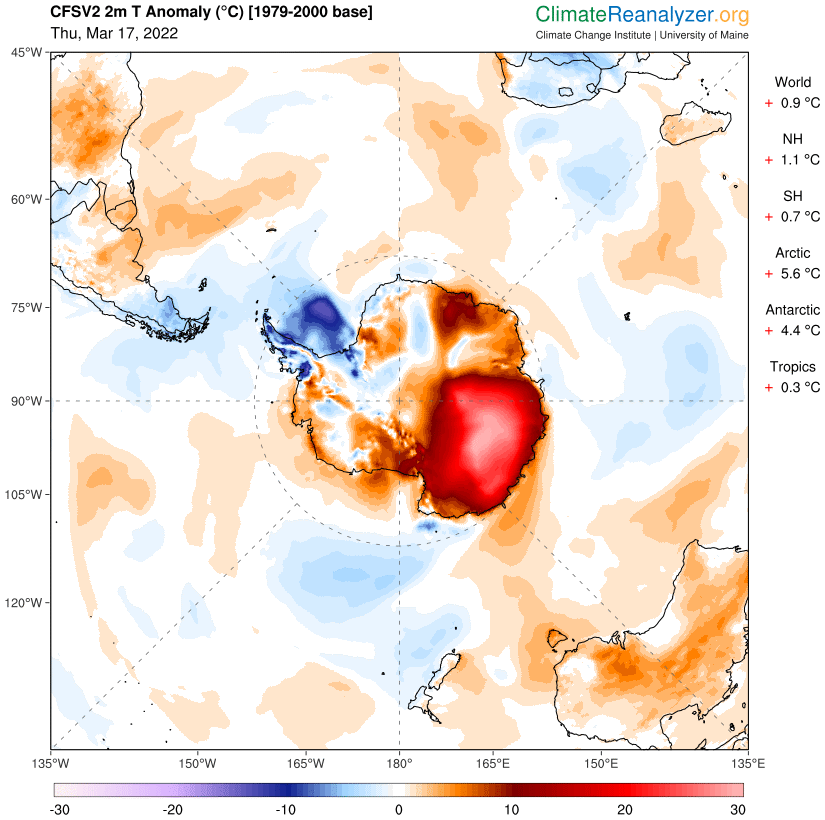Amazing breakthrough technology: cover ice and snow with ‘green’ radiative cooling foil to slow/stop melting and even help freezing
by Jinlei Li et al. 11/02/2022 in Science Advances
Protecting ice from melting under sunlight via radiative cooling: Here, we demonstrate that a hierarchically designed radiative cooling film based on abundant and eco-friendly cellulose acetate molecules versatilely provides effective and passive protection to various forms/scales of ice under sunlight. This work provides inspiration for developing an effective, scalable, and sustainable route for preserving ice and other critical elements of ecosystems.
VC1 Editor’s comment: The cost-effectiveness of this technology remains to be proven in practice. However, the the science appears to be sound, cooling effects of ultra-white paint have been proven in shopping center-scale commercial application, and the acetate film is made from renewable materials and should be safely biodegradable in application.
Views expressed in this post are those of its author(s), not necessarily all Vote Climate One members.
